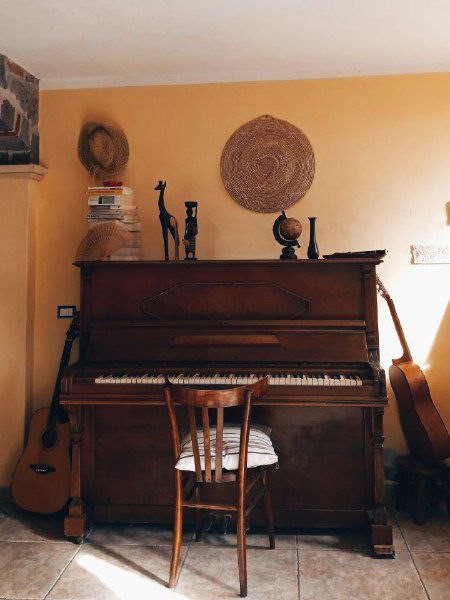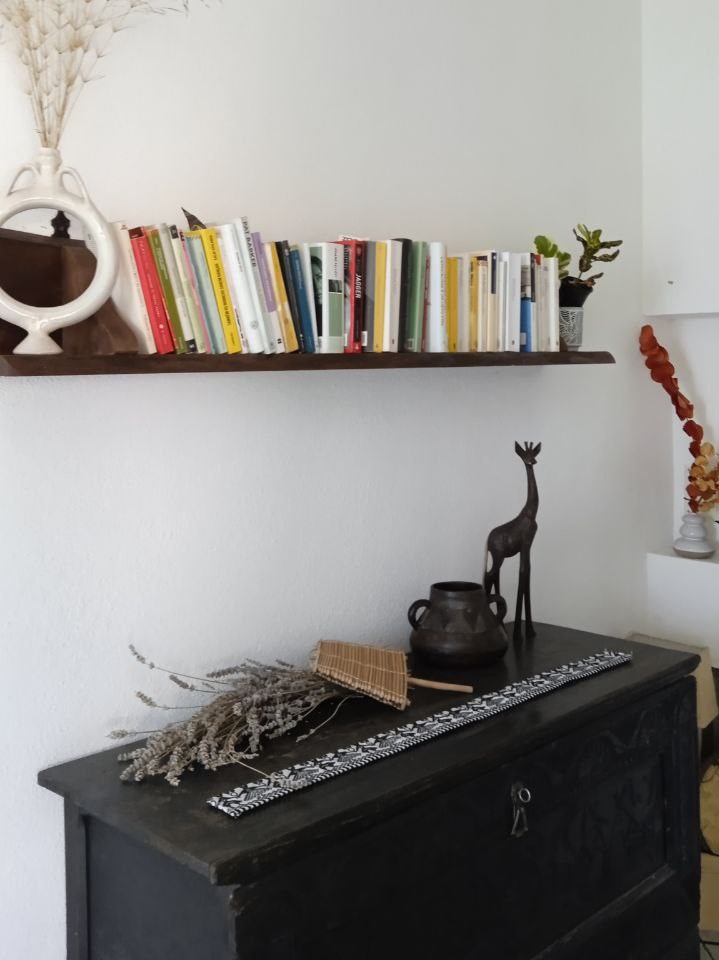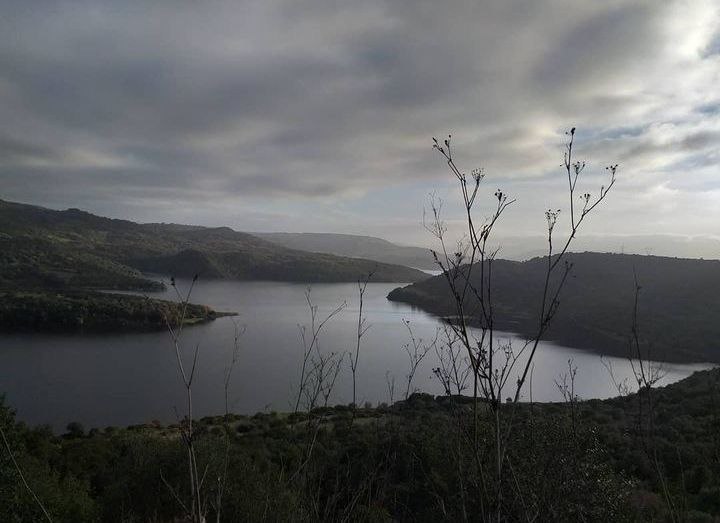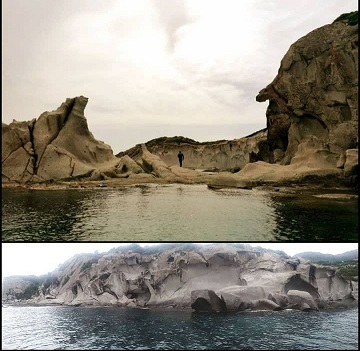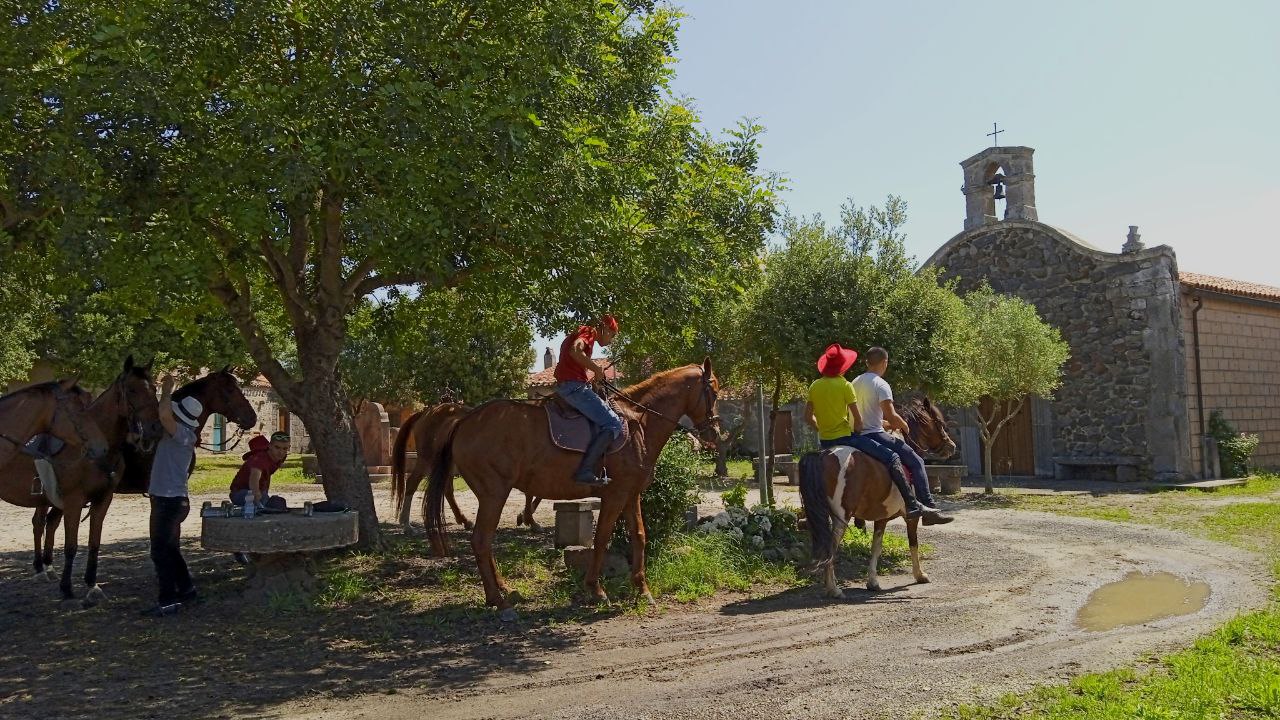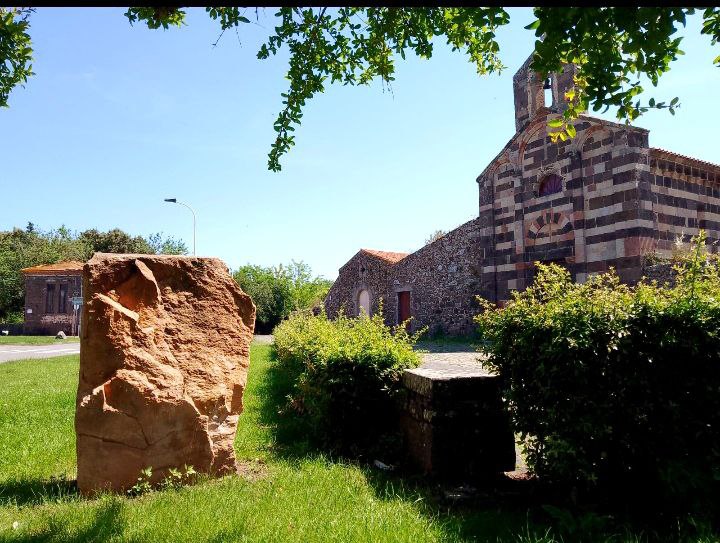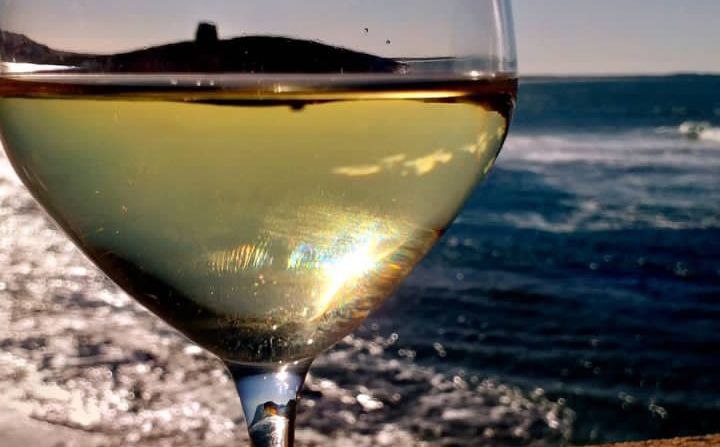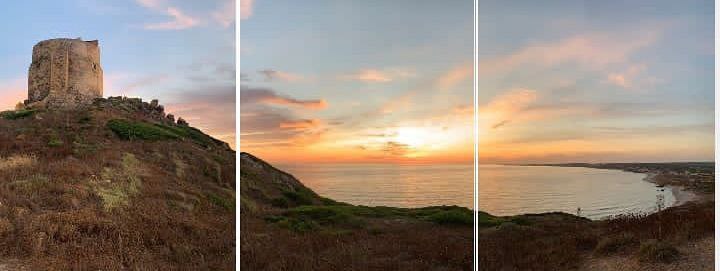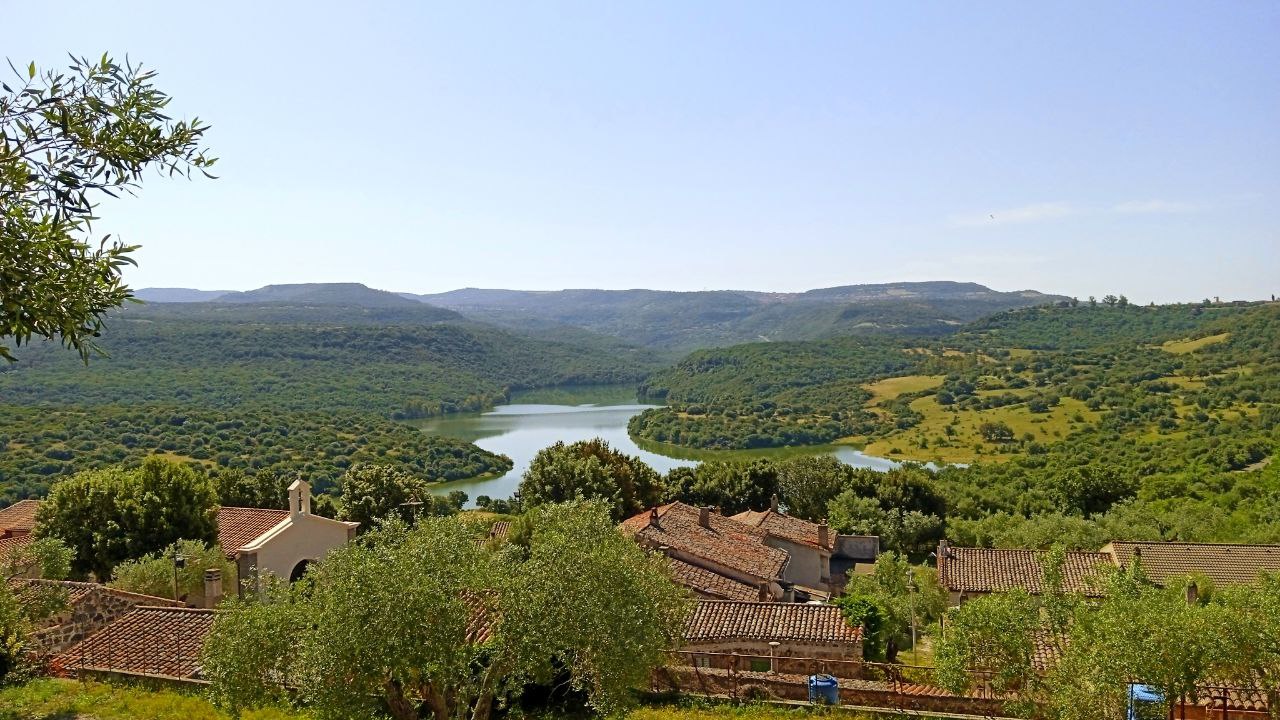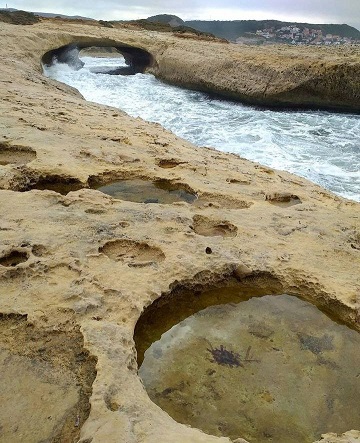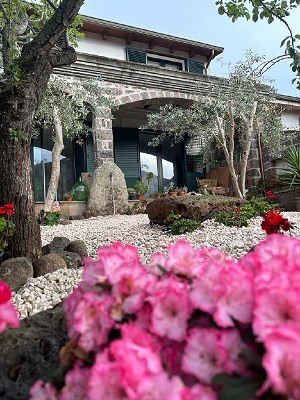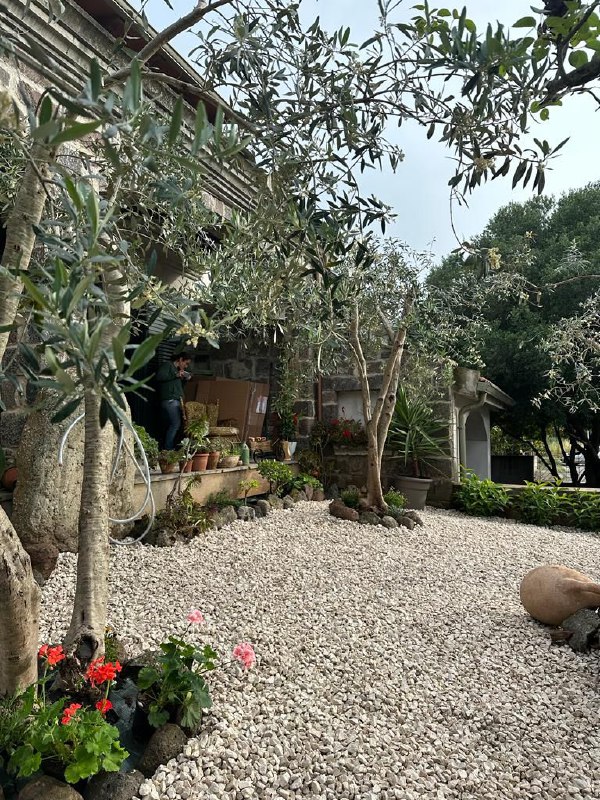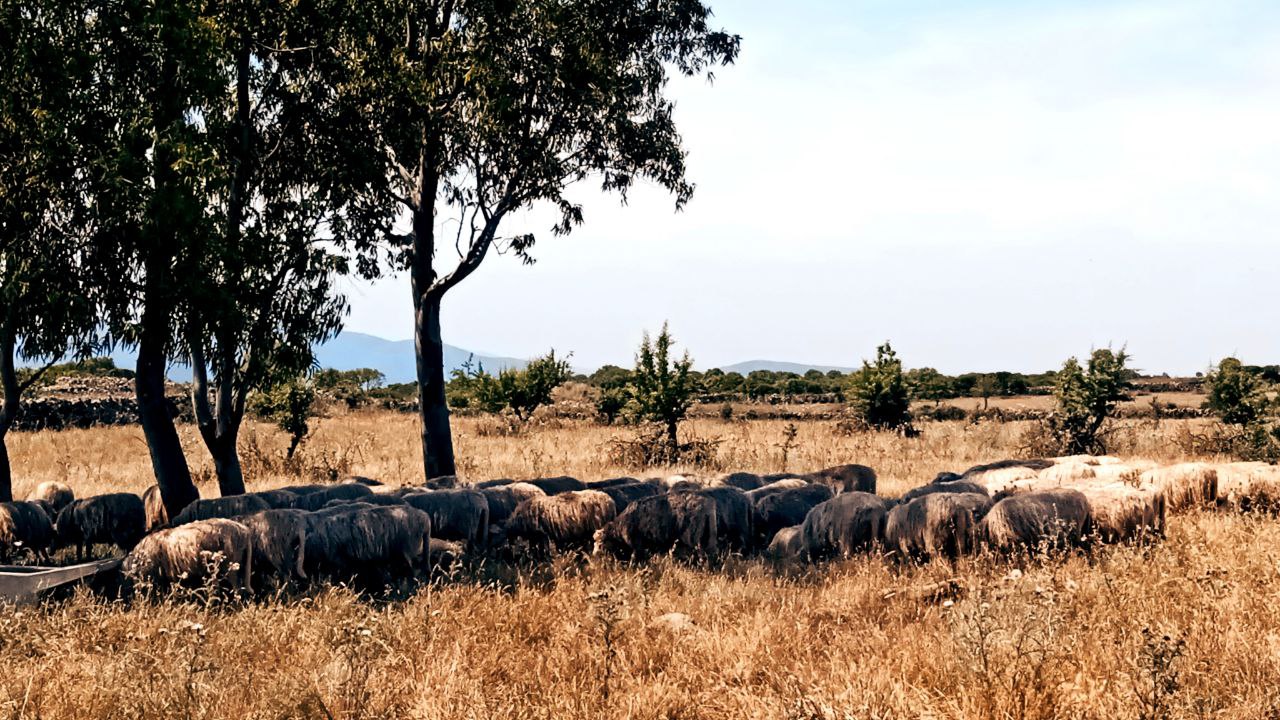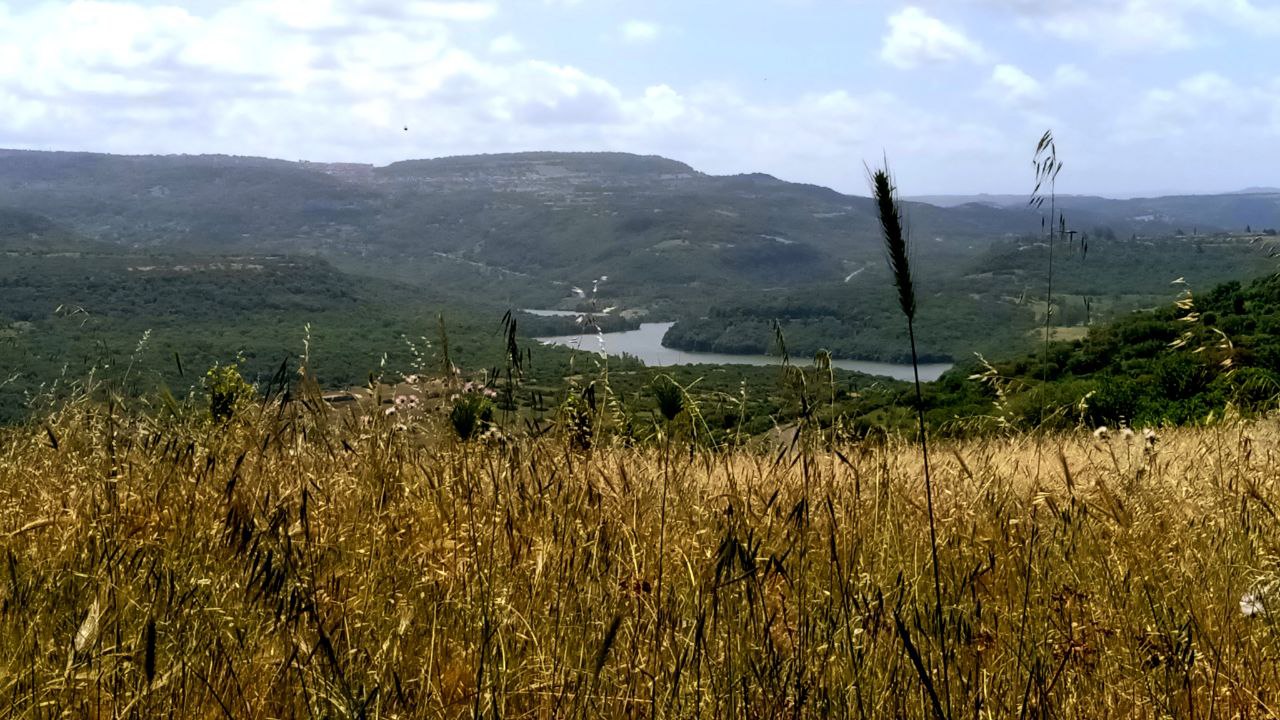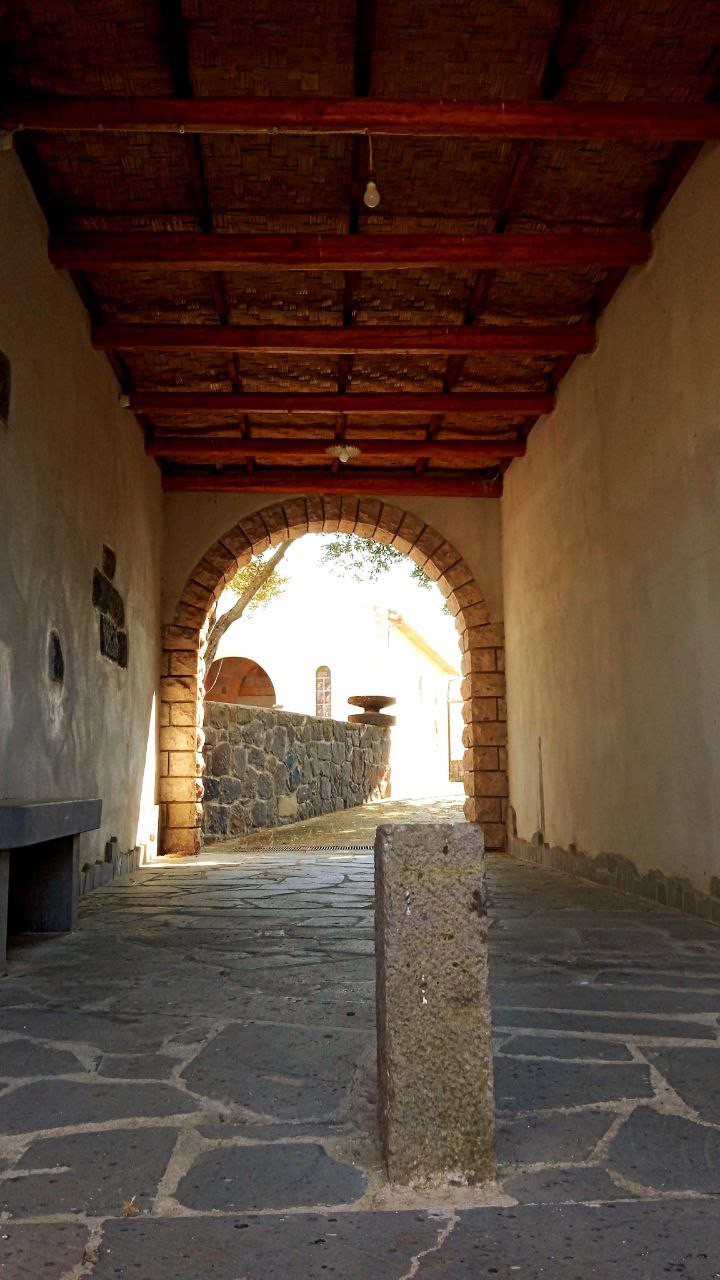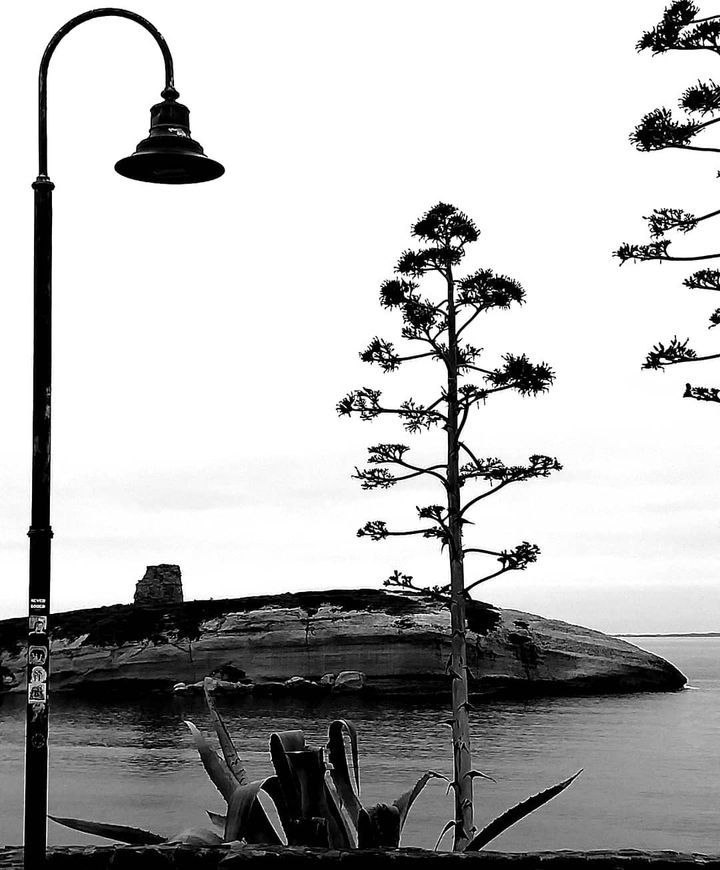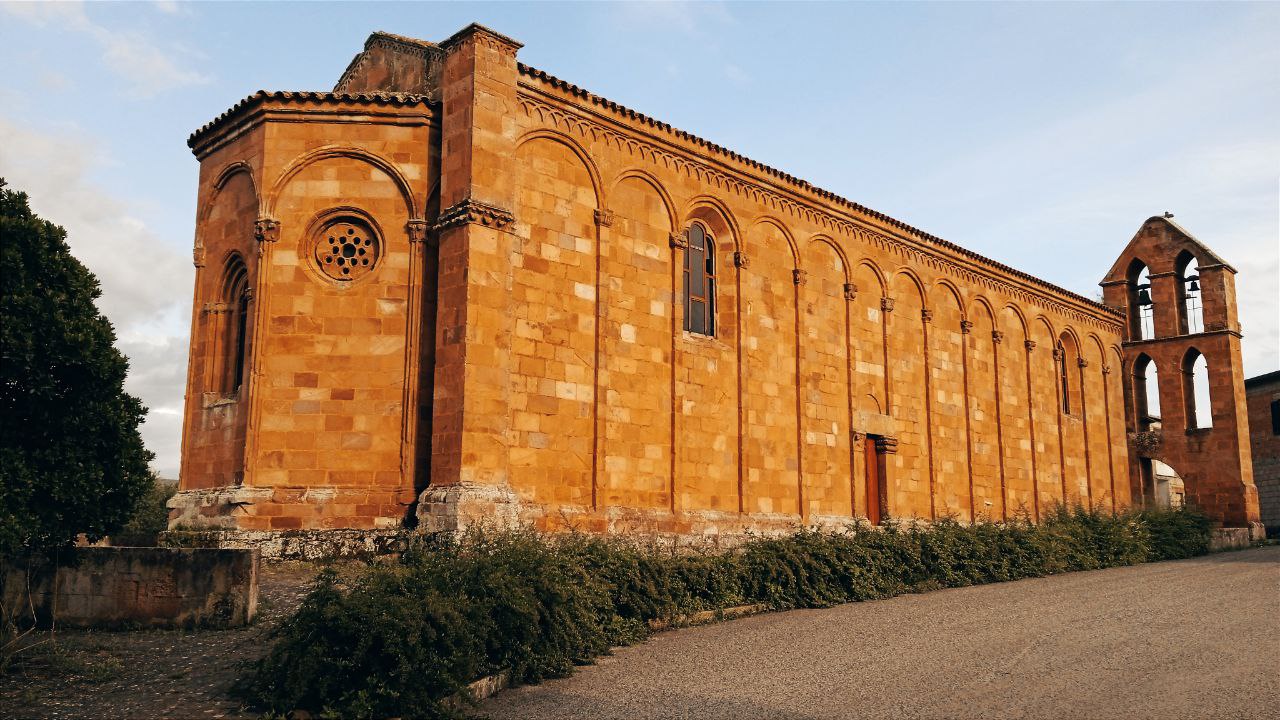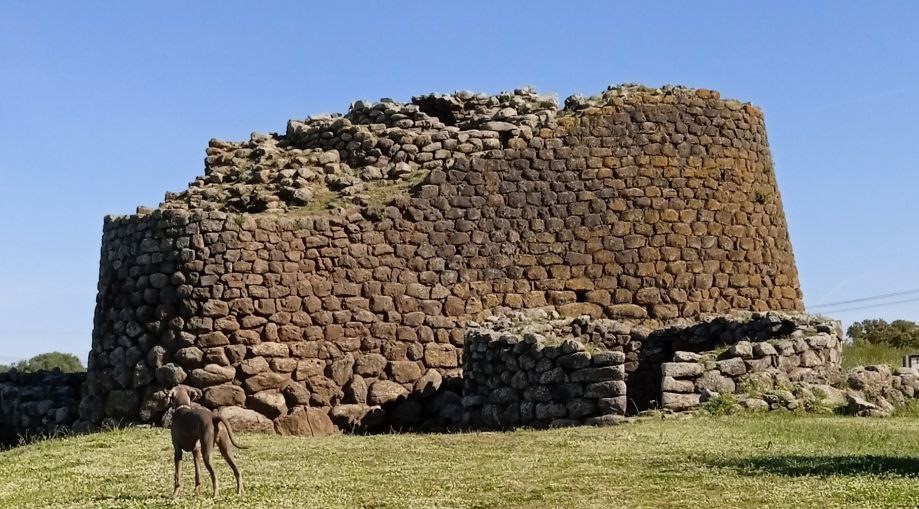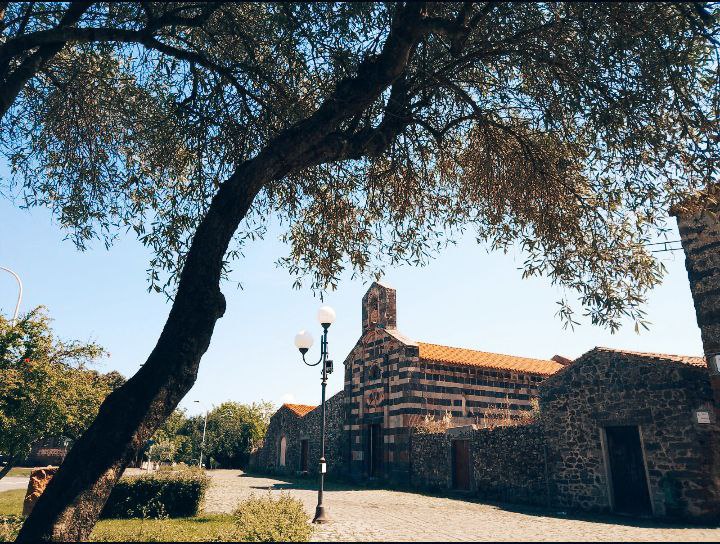Ghilarza is located in the heart of Sardinia, within reach from the three main airports: Cagliari, Alghero and Olbia, and from the 4 naval ports of Arbatax, Olbia, Porto Torres and Cagliari, and thanks to the major roads that connect Cagliari to Sassari, Nuoro and Olbia.It owes its appearance and architectural style to the technical ability of numerous builders who over the years have been able to shape the black-grey rock and make it suitable for enhancing houses, public places, roads, courtyards and country paths. The stonemasons of Ghilarza gave life to noble villas up to the city of Cagliari, the famous "maistros de muru", and are known as highly skilled stonemasons for important building works in large cities of the world: they are the ones who lay the paving of the RedSquare of Moscow. The name of Ghilarza echoes in the history books and among the Italian government buildings above all because it hosts the house of Antonio Gramsci. The rooms where he and his family grew up starting in 1898 were visited by the political representatives of our country and today house the Antonio Gramsci House Museum. Inside you can admire the objects that accompanied his childhood and adolescence, read his original writings and learn about the events and choices that led him to become a statesman known all over the world. Since2011, the International School of Gramscian Studies ishosted in the house museum. We recommend you visit Piazza San Palmerio (13th century), framed in the small village, at a walking distance from the main church with its characteristic little church in the Aragonese Tower, an important architectural work of military origin from the Gothic-Aragonese era (16th sec.), which over the centuries has taken on the most disparate functions, raised as a defensive structure to ensure security in the surrounding area, it then became a prison facilityuntil taking up its current function as an exhibition hall, where the Municipality of Ghilarza organizes exhibitions, events and conferences of wide appeal for the population of the whole Guilcer (historical geographical area that brings together nine municipalities that largely overlook the slopes of Lake Omodeo). Between the Tirso river and the lake you can enjoy excellent walks that lead up to the massive centenary dam and get lost in the various rural realities where small villages (novenaries) built in basaltic stone host numerous festivals and offer naturalistic sceneries not to be missed,namely the "Novenaries" of Trempu, San Giovanni, San Serafino and San Michele.




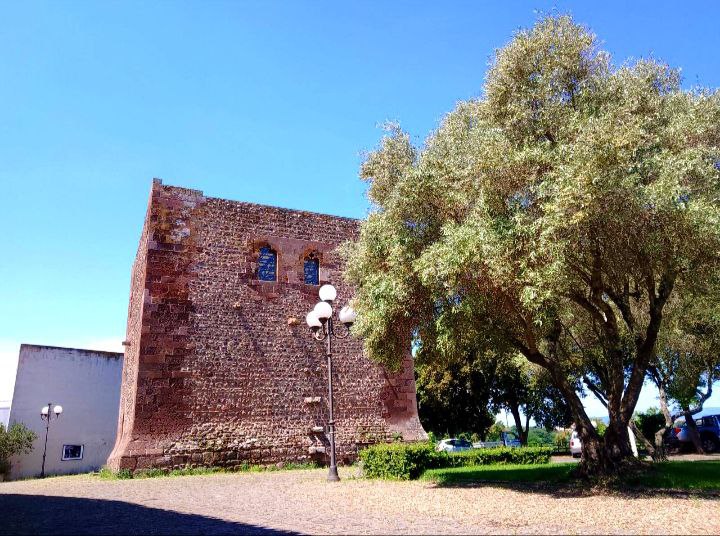
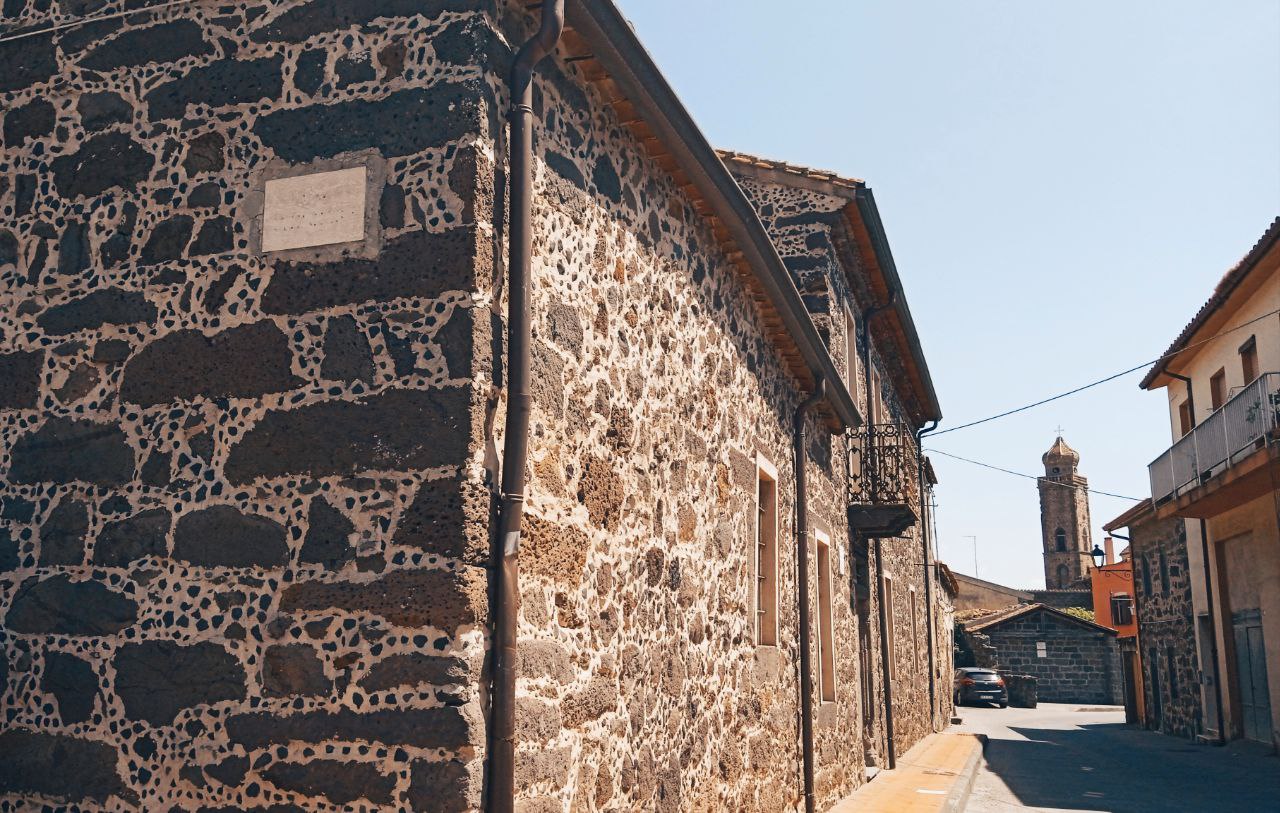
.jpeg)
